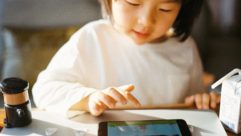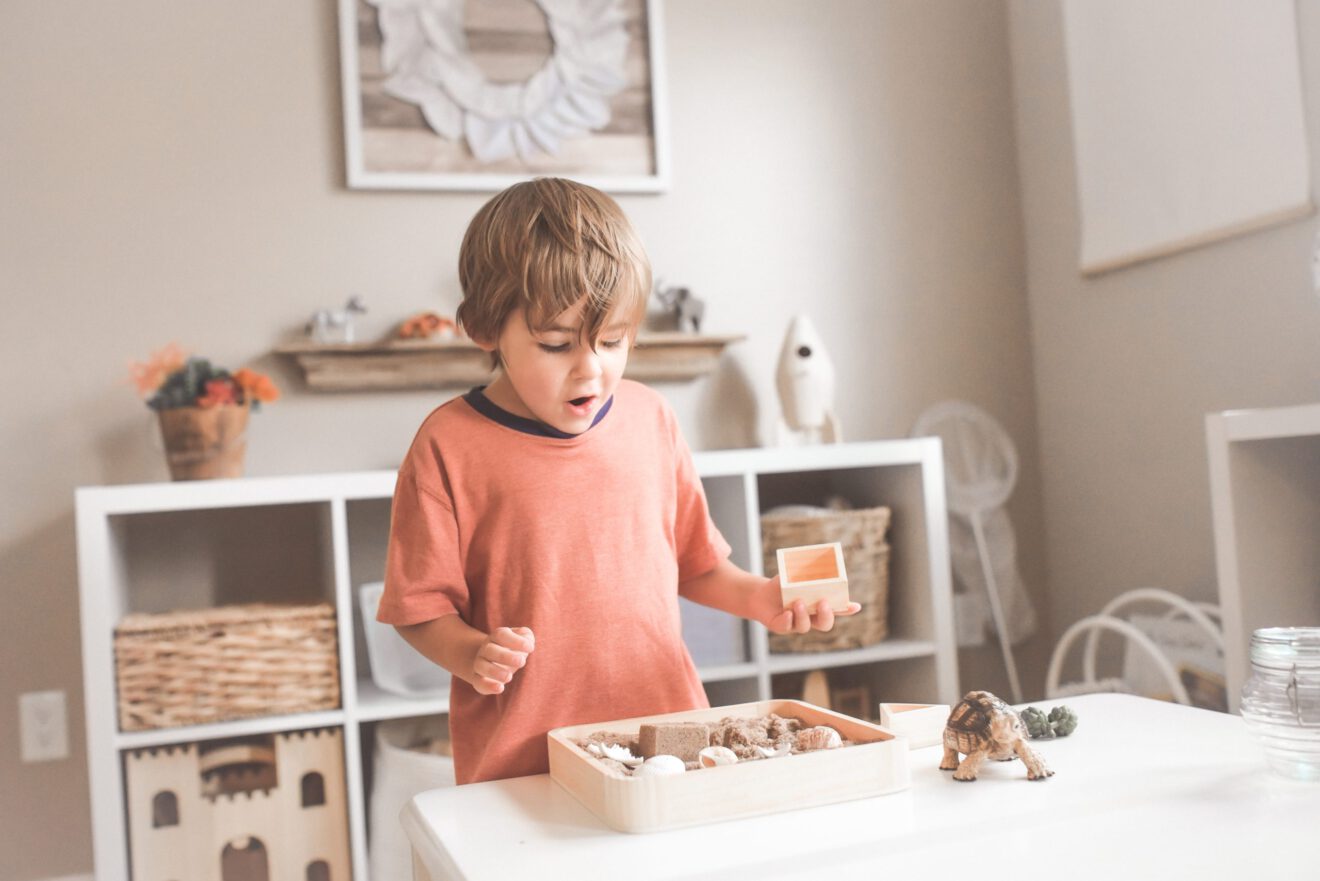As a kindergarten teacher, keeping students engaged is a constant challenge. Take a student’s age, add one, and that’s how many minutes some say students can be expected to focus. In kindergarten, six minutes of student focus is all one can expect. However, when gamified learning is incorporated into the classroom, students are engaged in the learning and gaining additional lifelong skills.
“Gamification in education means that educators apply game design elements to an educational setting. The goal is usually to make learning more engaging,” Richard Blankman of Houghton Mifflin Harcourt says.
What kindergarten gamification looks like

Gamification can be achieved by incorporating certain technology aspects into a lesson or by putting a creative spin on academic skills practice. Teachers can choose to incorporate technology or not, knowing that children, including those with some special needs, tend to benefit from either or both kinds of gamification.
One example of gamified learning when incorporating technology is using an online Number Bubble game where students try to pop bubbles in the correct number order. An example of a technology-free gamified lesson would be teaching students how to play Connect 4 with sight words on the tokens that students read before placing.
With gamification, students gain more than just academic skills practice. Students are encouraged to use critical thinking skills, gather information, collaborate and utilize failure as a learning tool, teacher Michelle Haiken writes. These skills will be necessary for students to achieve the desired outcome in some gamified learning situations and will benefit students throughout their future educational journey.
When to incorporate gamified learning
In my kindergarten classroom, I incorporate gamified learning during the 30-minute block of literacy centers. Each center has a game design component to keep students engaged throughout the whole half hour. I gather students at the beginning of the week and carefully explain each center. We discuss expectations, and I answer any questions that students might have. Then, I show students the visual schedule so they can see what their assigned center is for day one and where they will rotate throughout the week.
As students disperse and start their centers, I am able to pull small groups to work on individual academic skills practice. Without gamified learning literacy centers, I’d have no time to spend with small groups.
Teaching better engagement, independence
While some gamified lessons or activities are more successful than others, I am a firm believer that these opportunities allow for my students to fully engage in the academic skill they are practicing. It also allows them to be independent as I work with individual students and gain other lifelong skills.
I want to encourage kindergarten teachers to challenge themselves to modify some of their lessons to incorporate game-like features. I guarantee that the boost in student engagement will be noticeable, and the students will be grateful for the fun activities.
Kennedy Peitz is a kindergarten teacher in rural Minnesota and is passionate about technology in education. She uses the ABCYa website’s gamified learning lessons in her classroom.
_______________________________
Subscribe to SmartBrief’s FREE email newsletter to see the latest hot topics on EdTech. It’s among SmartBrief’s more than 250 industry-focused newsletters.
